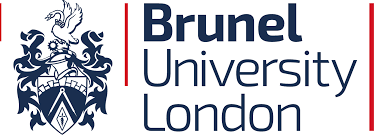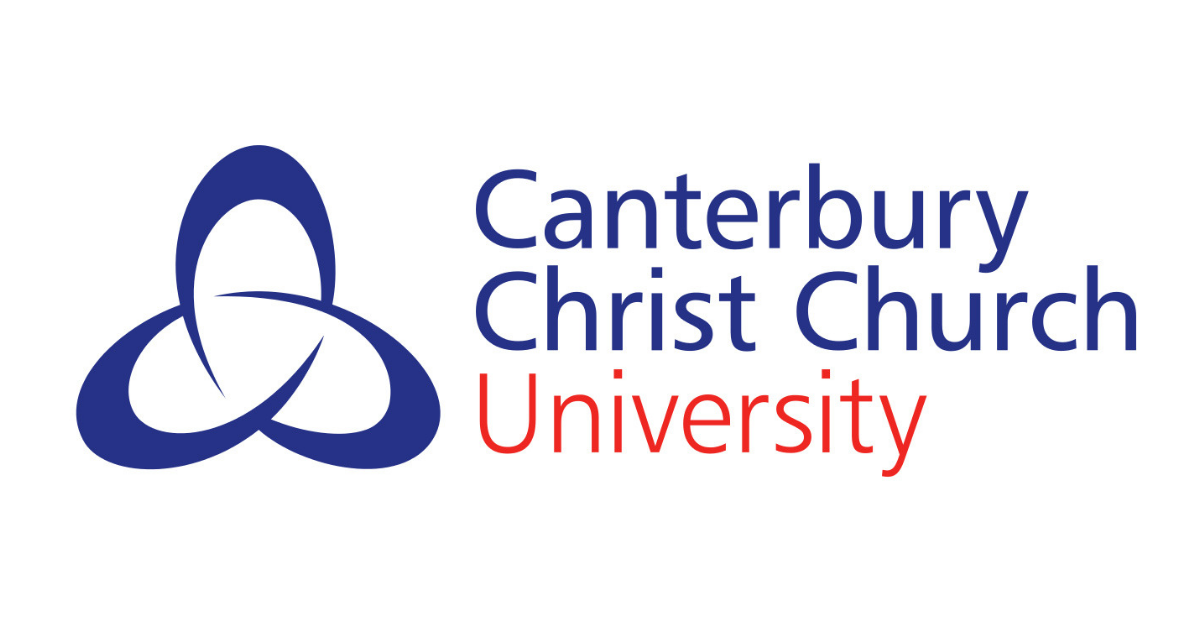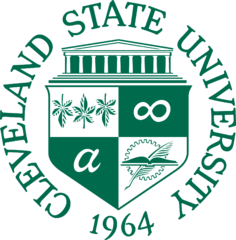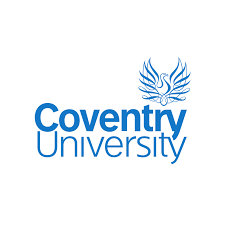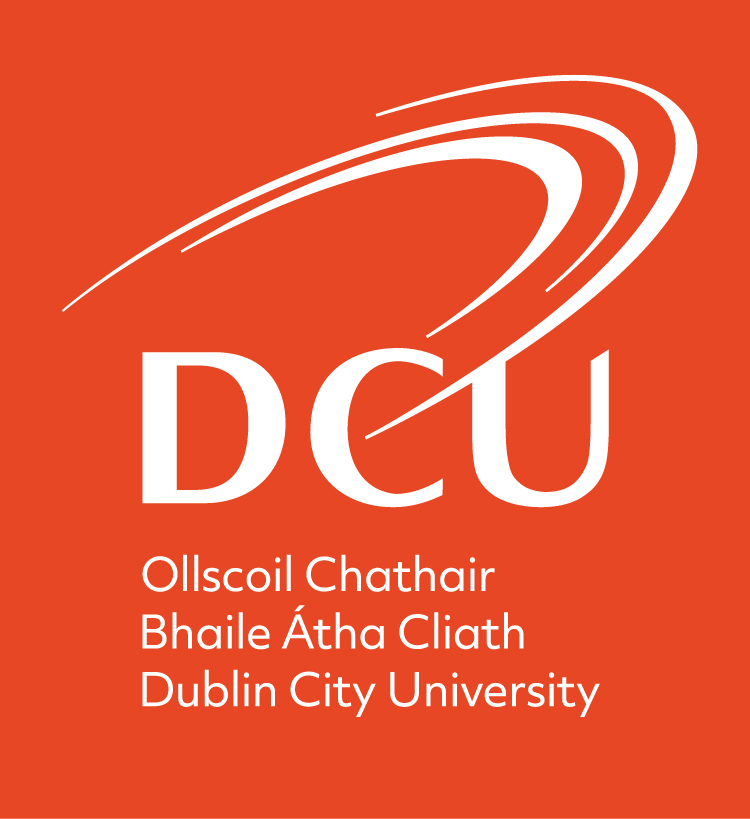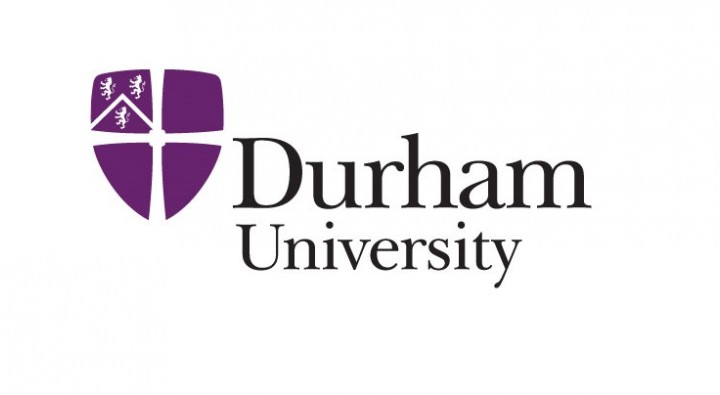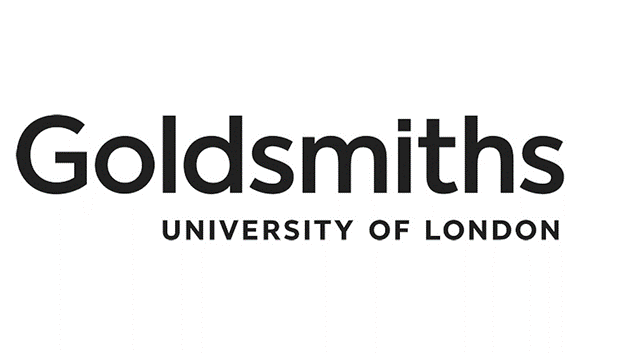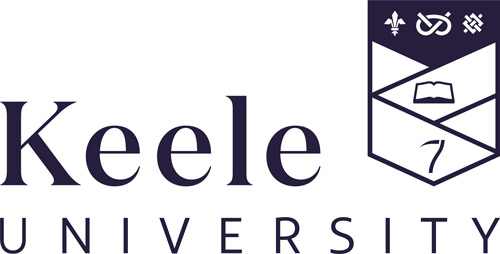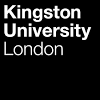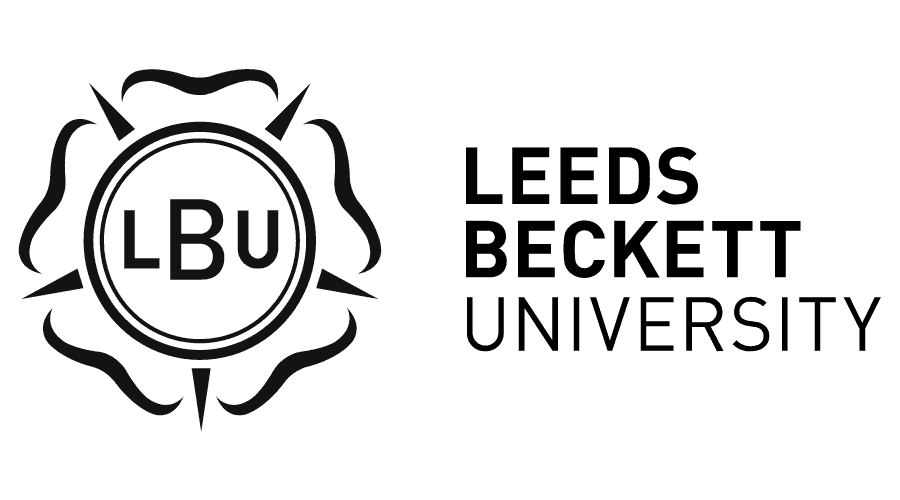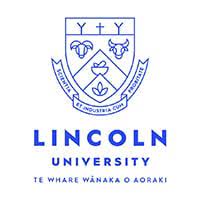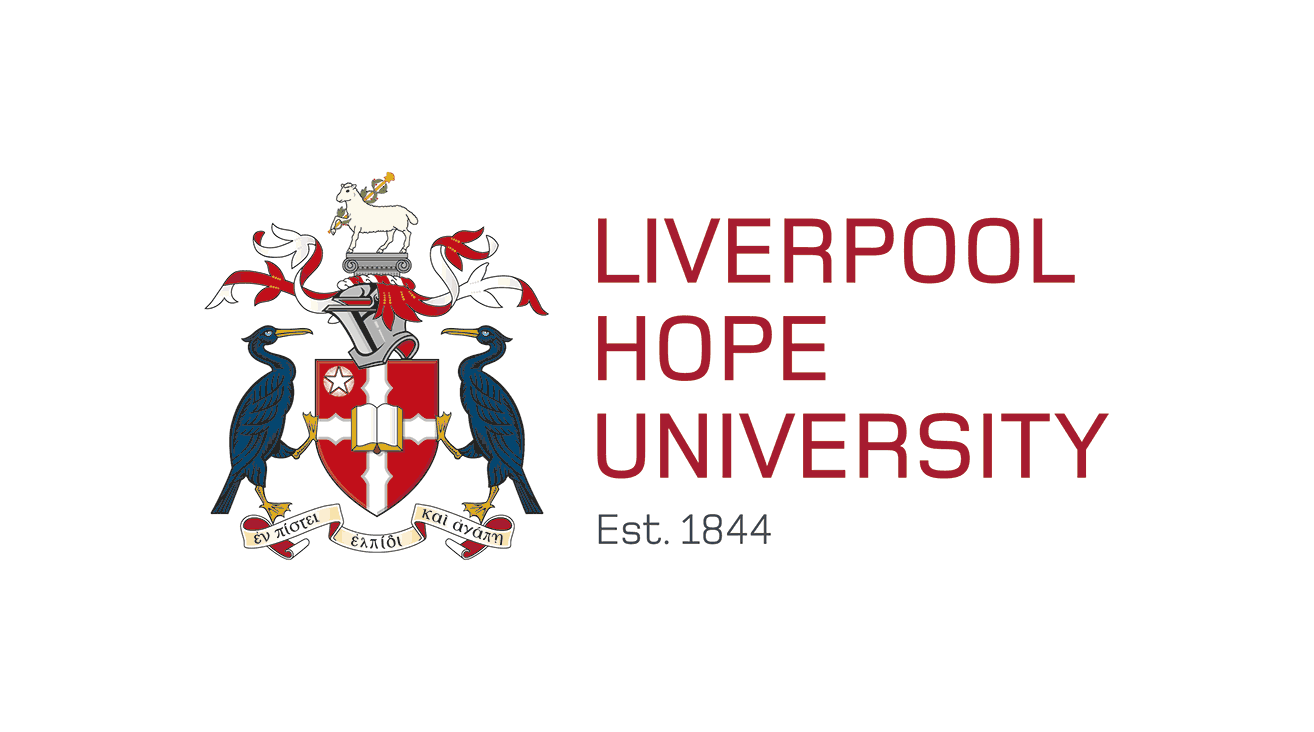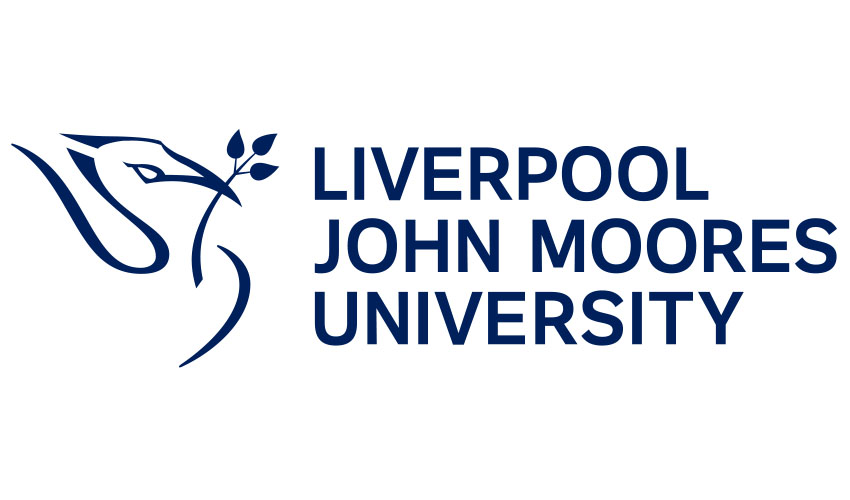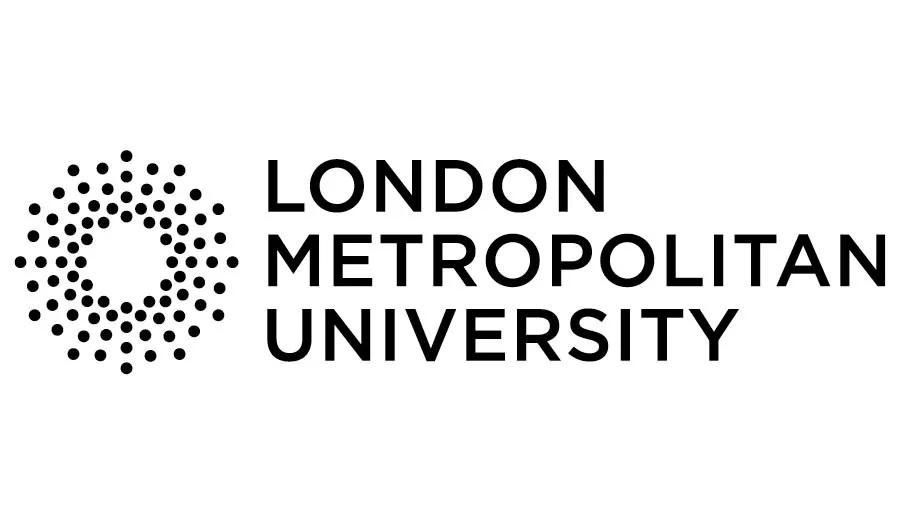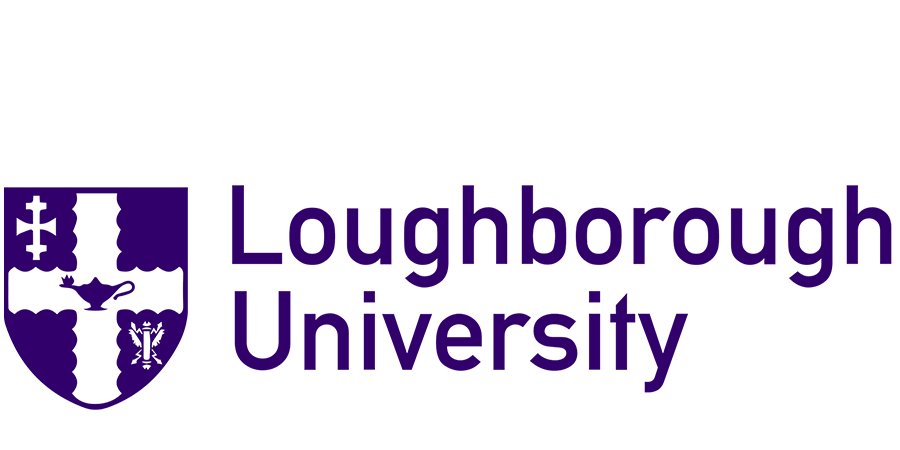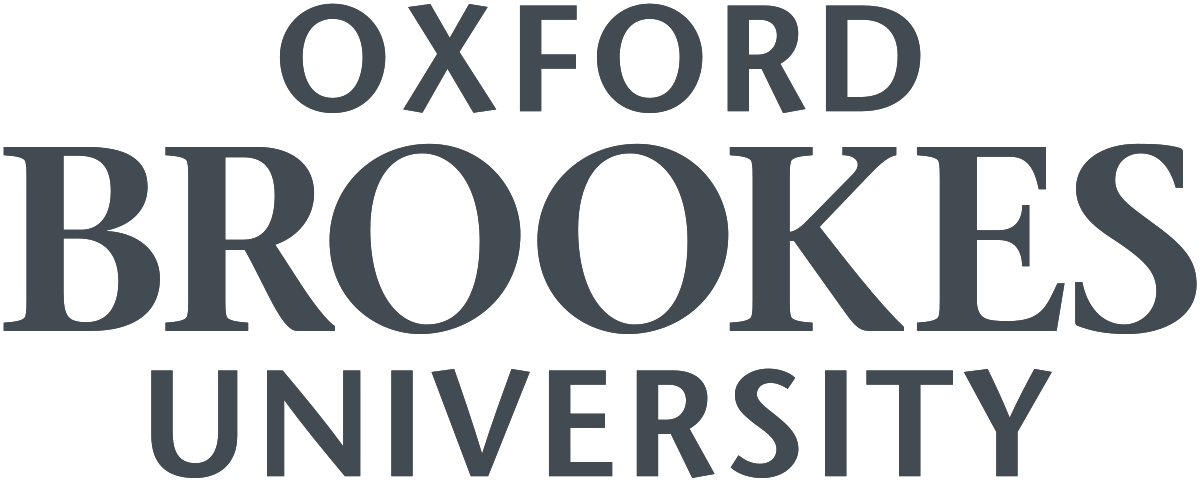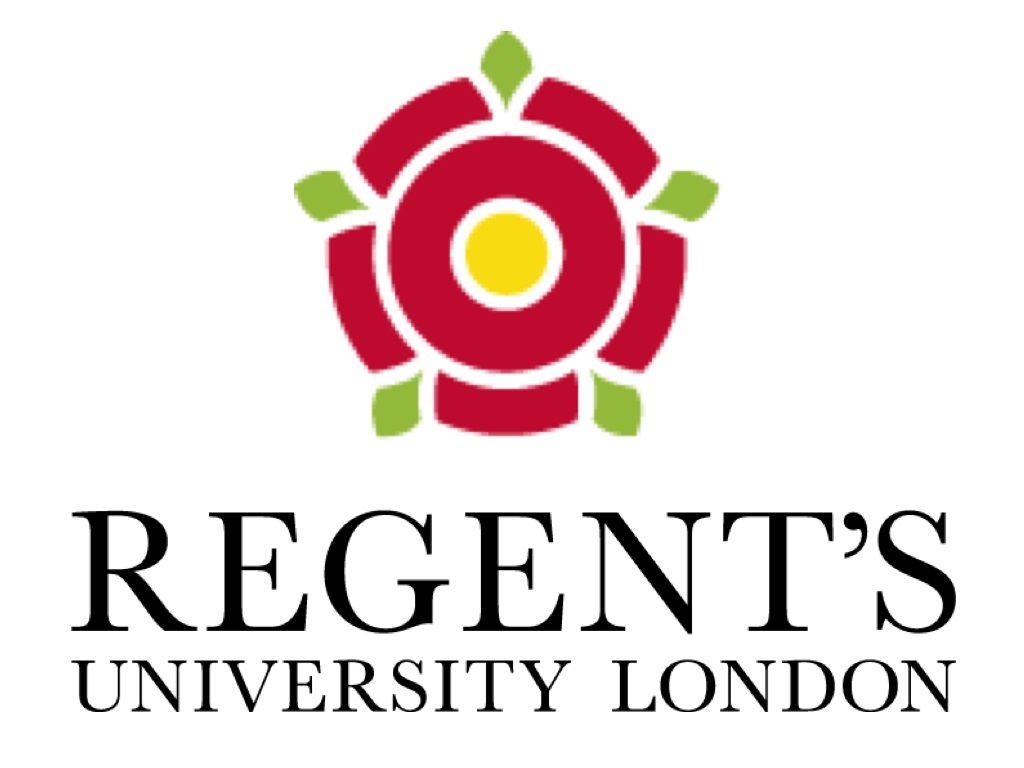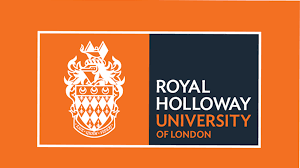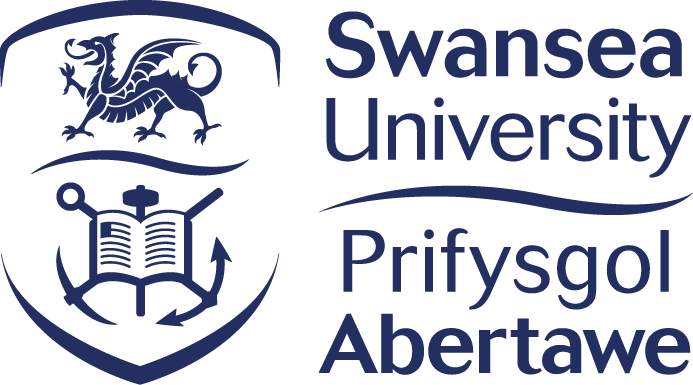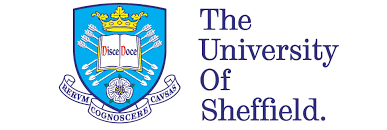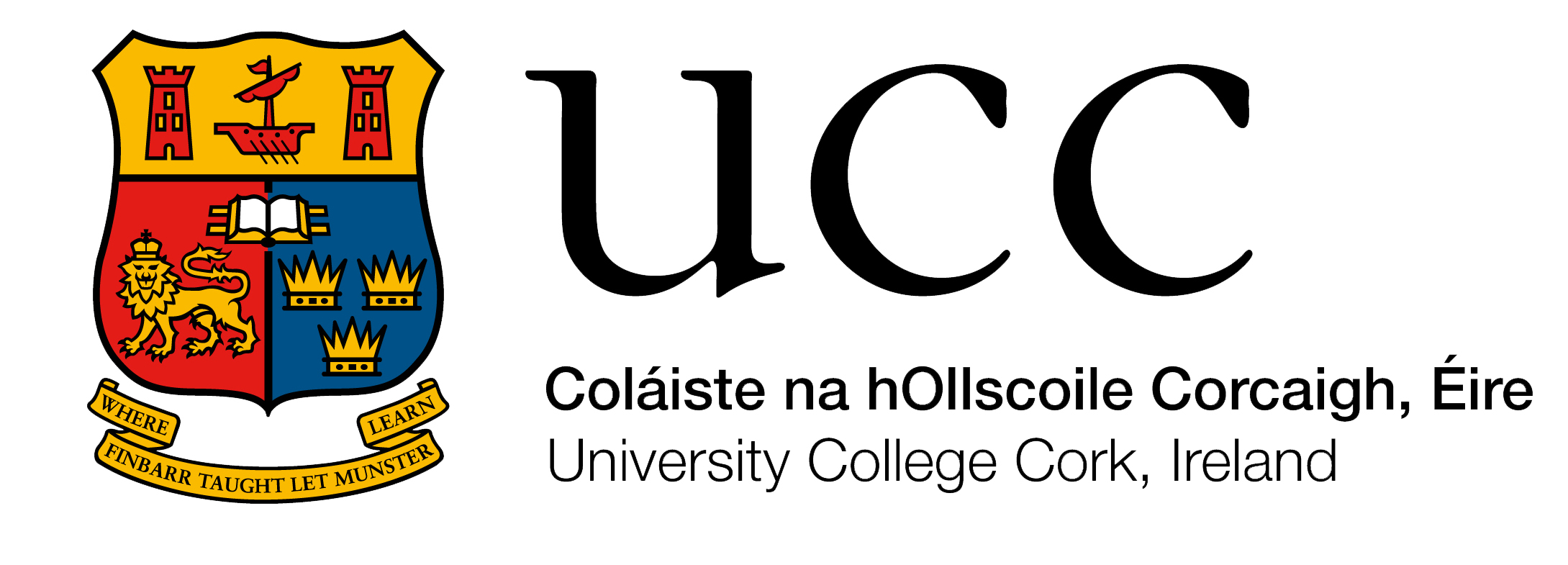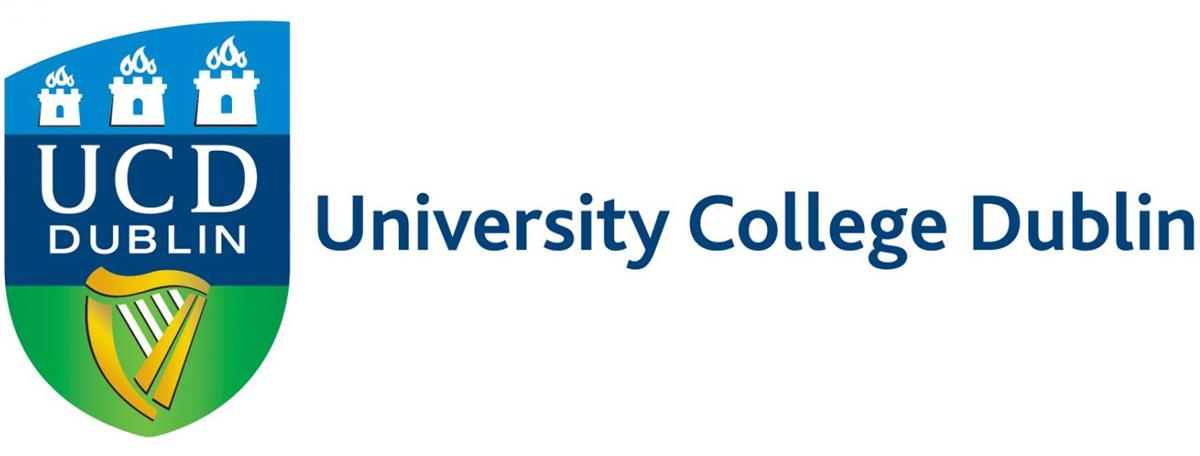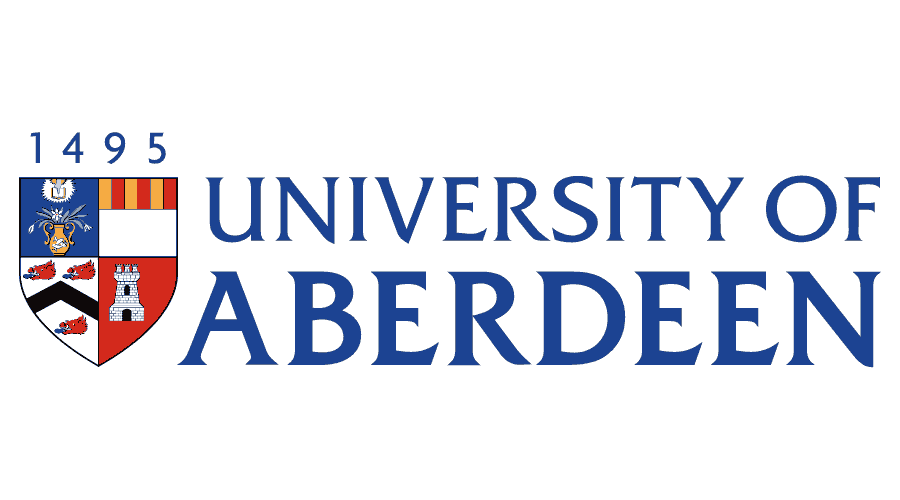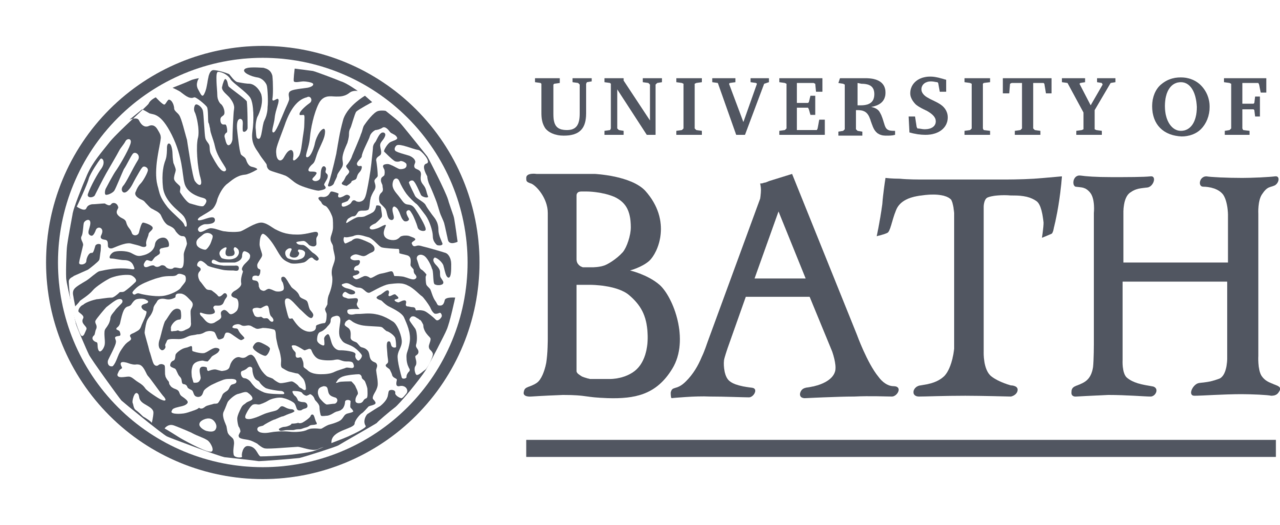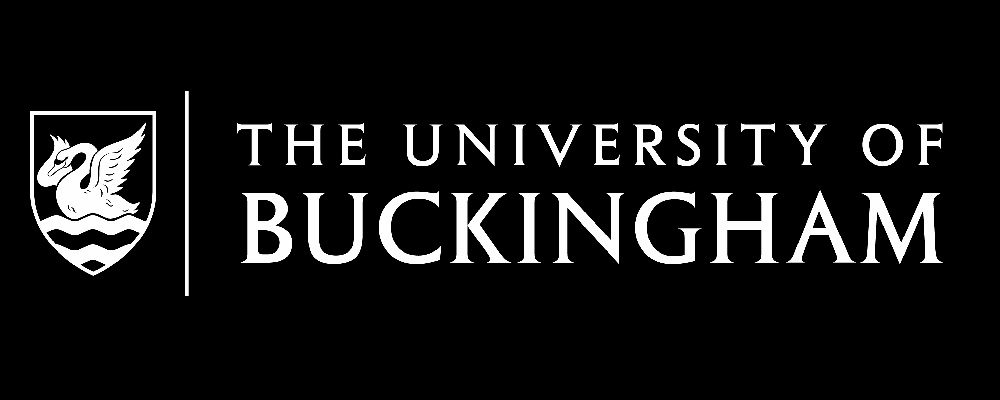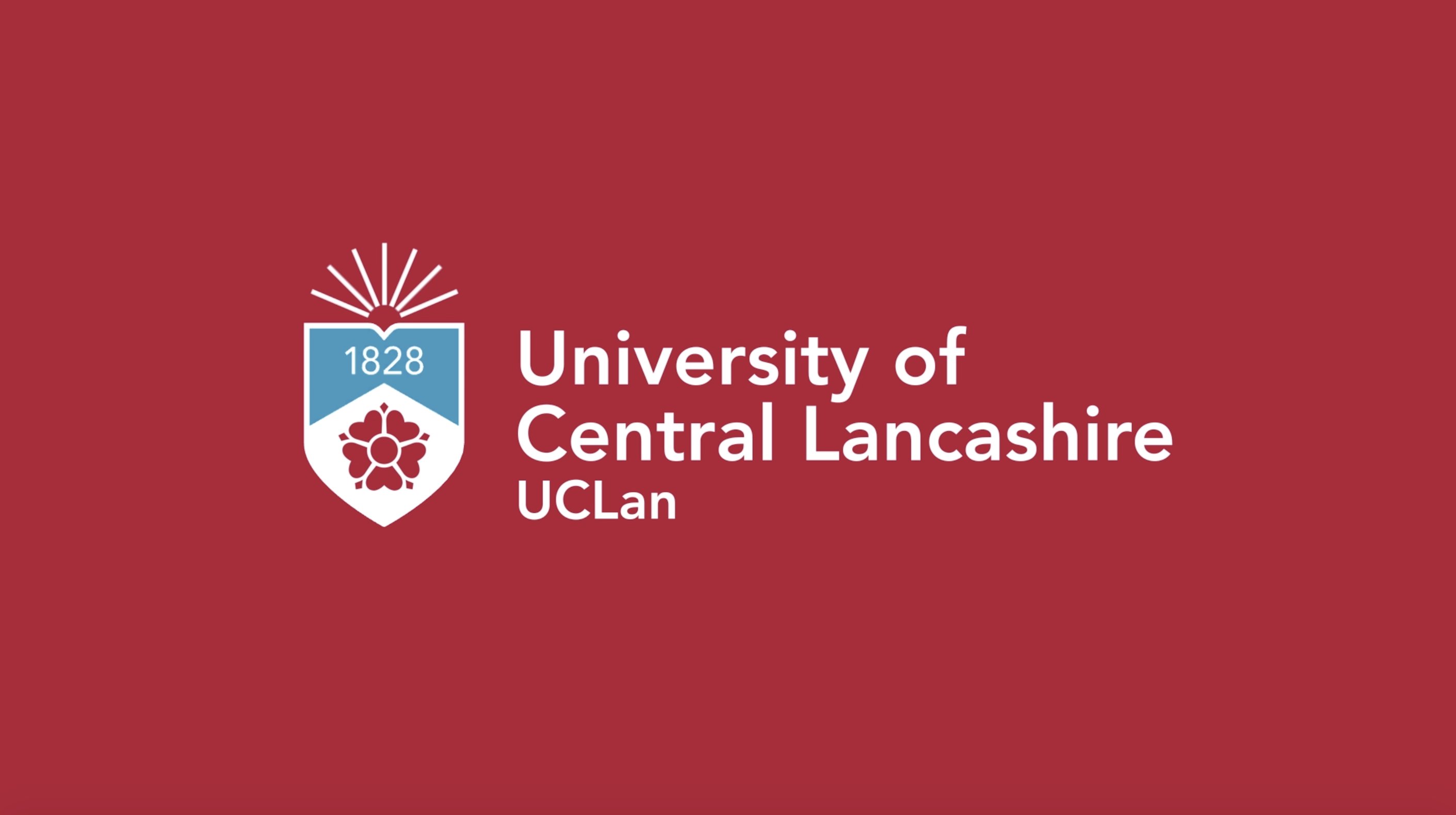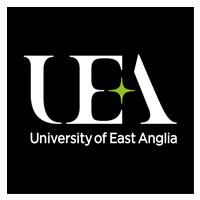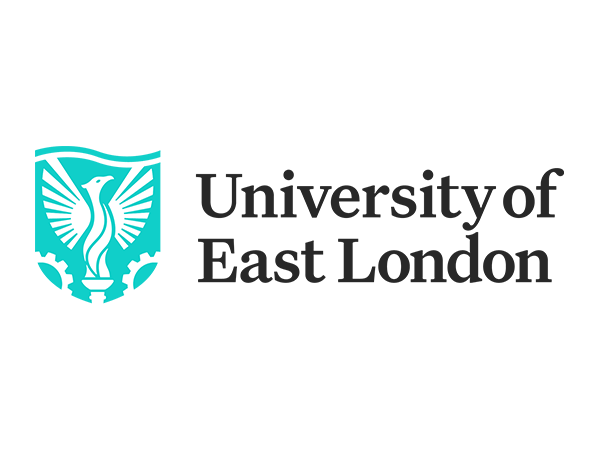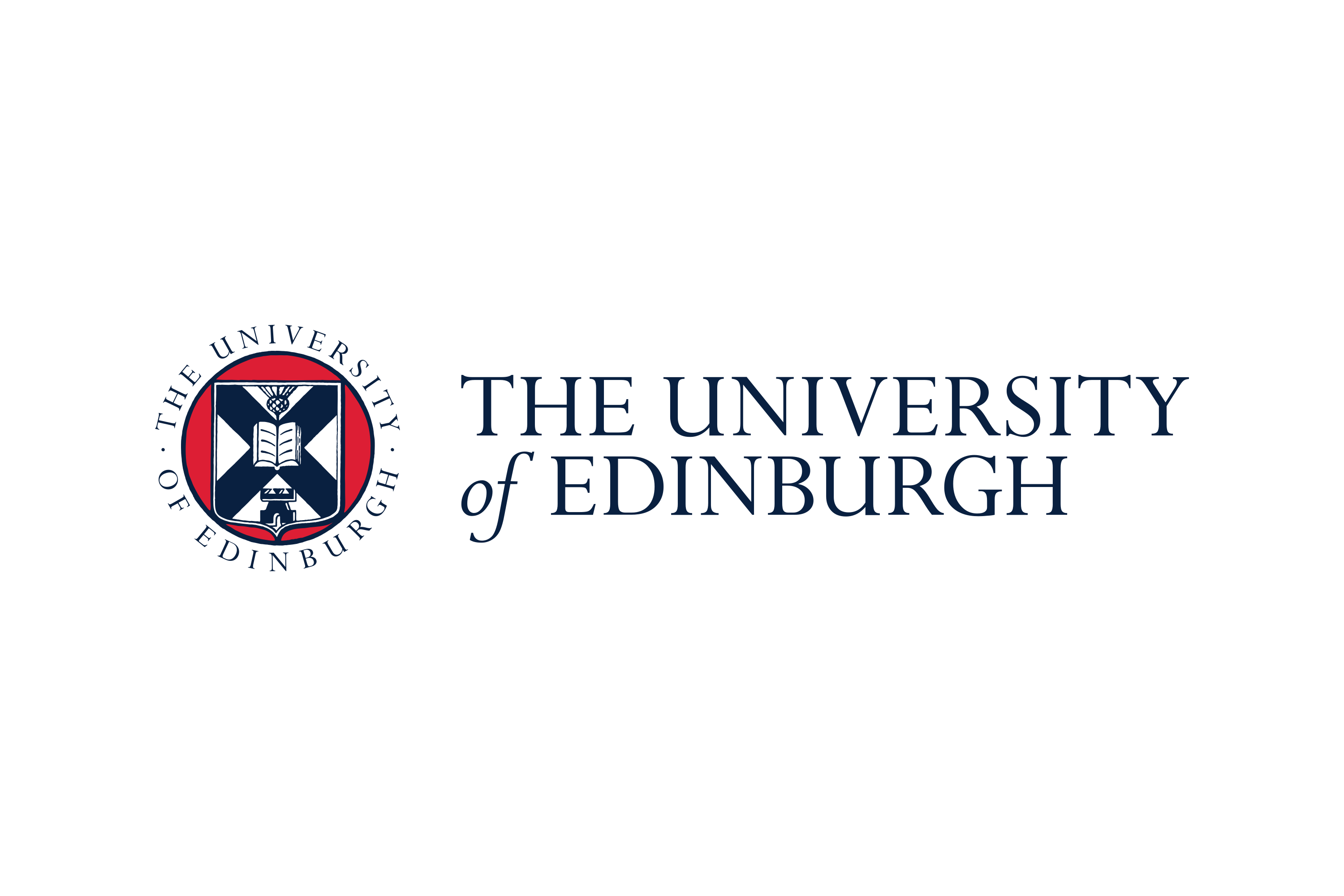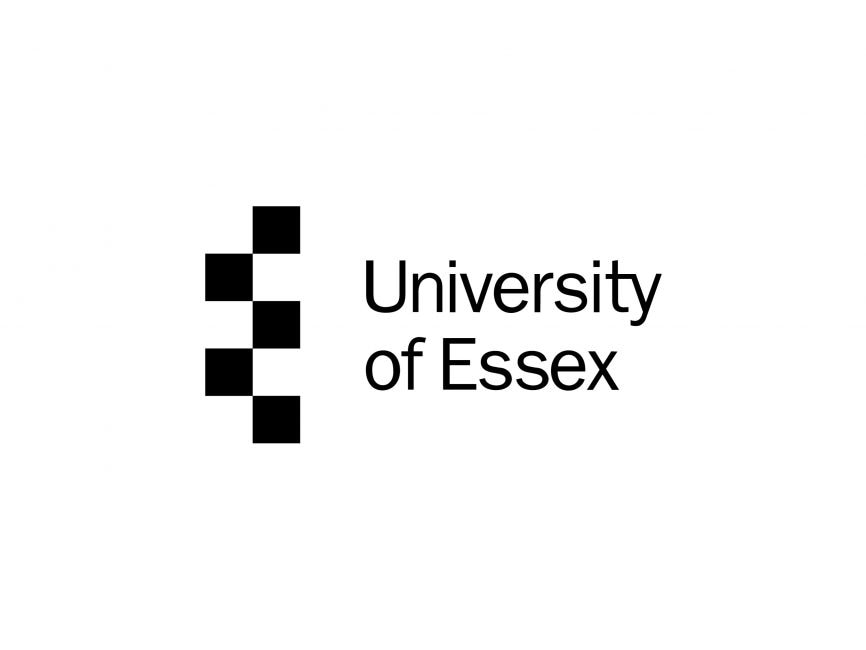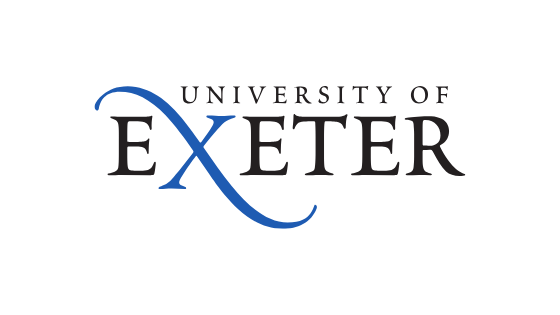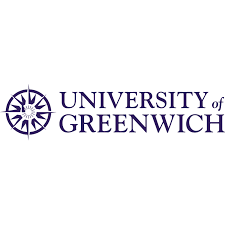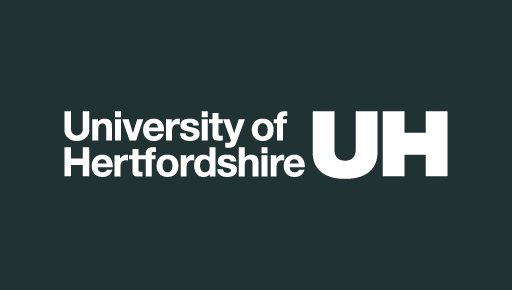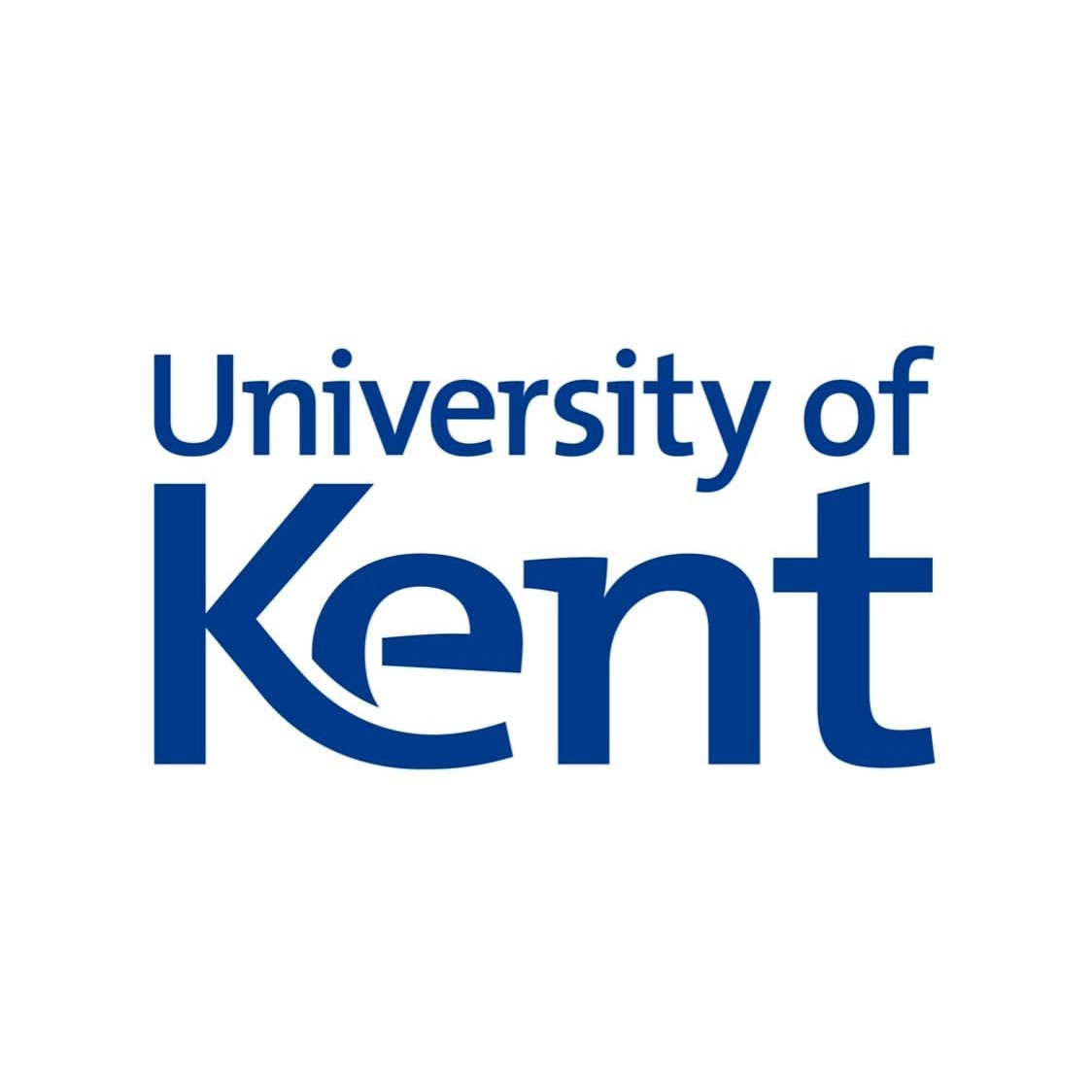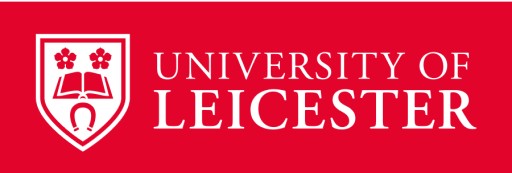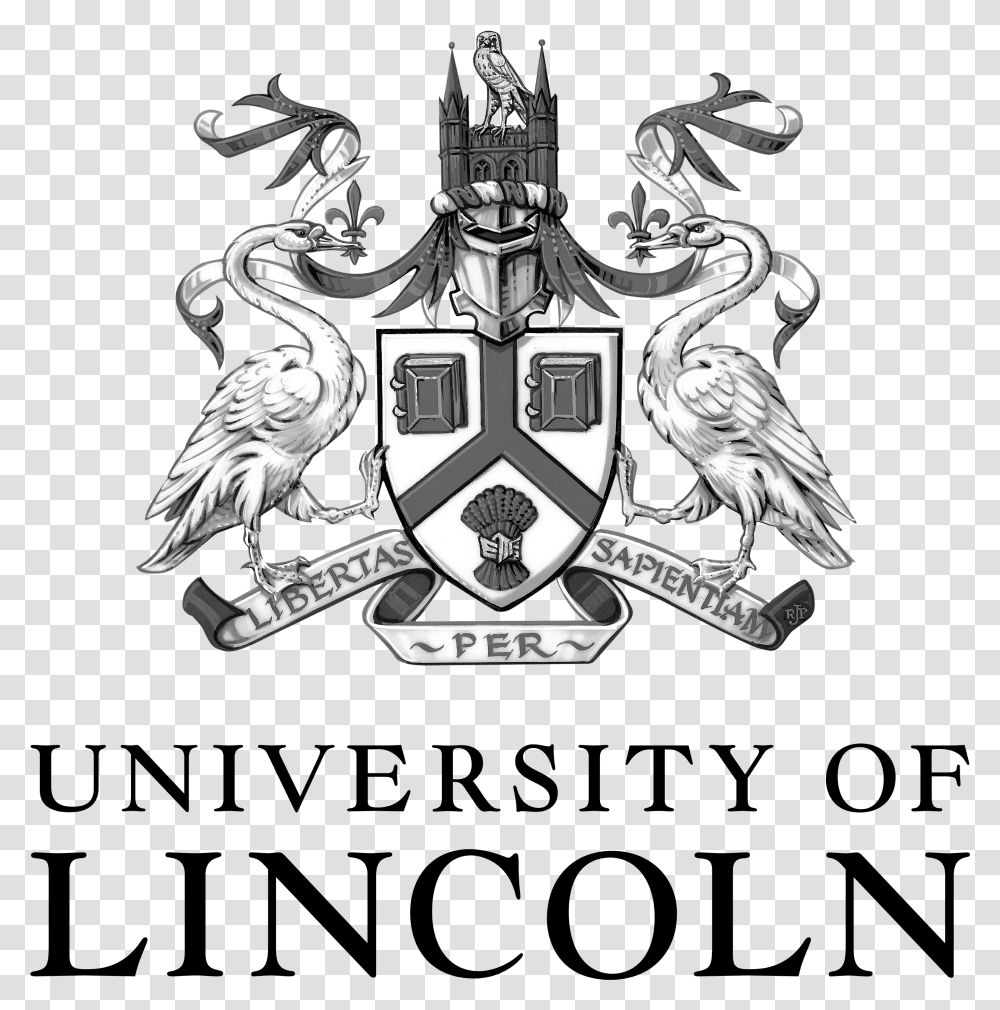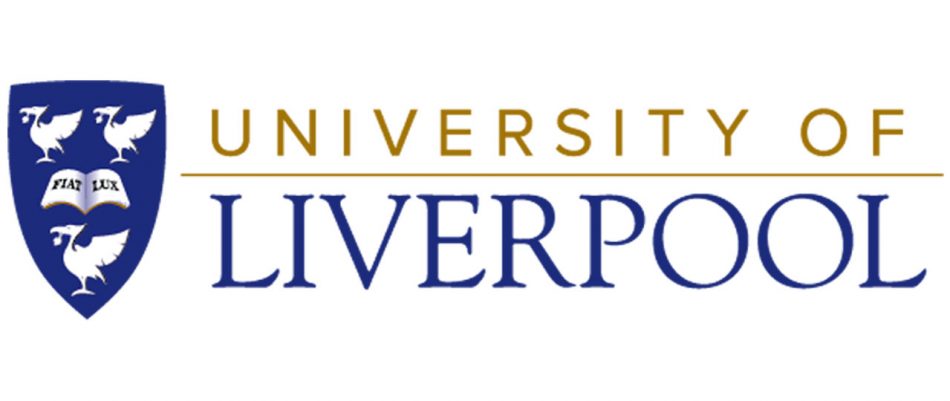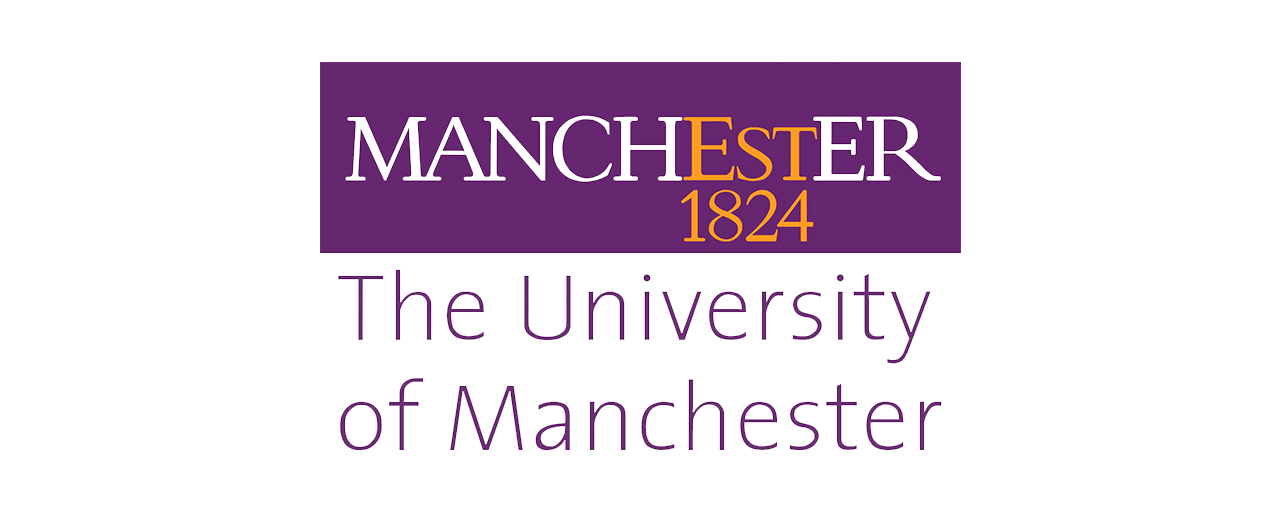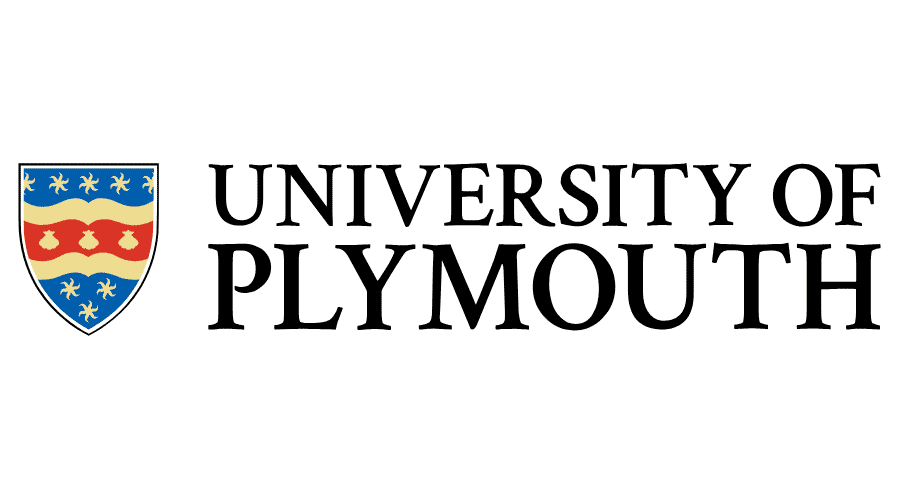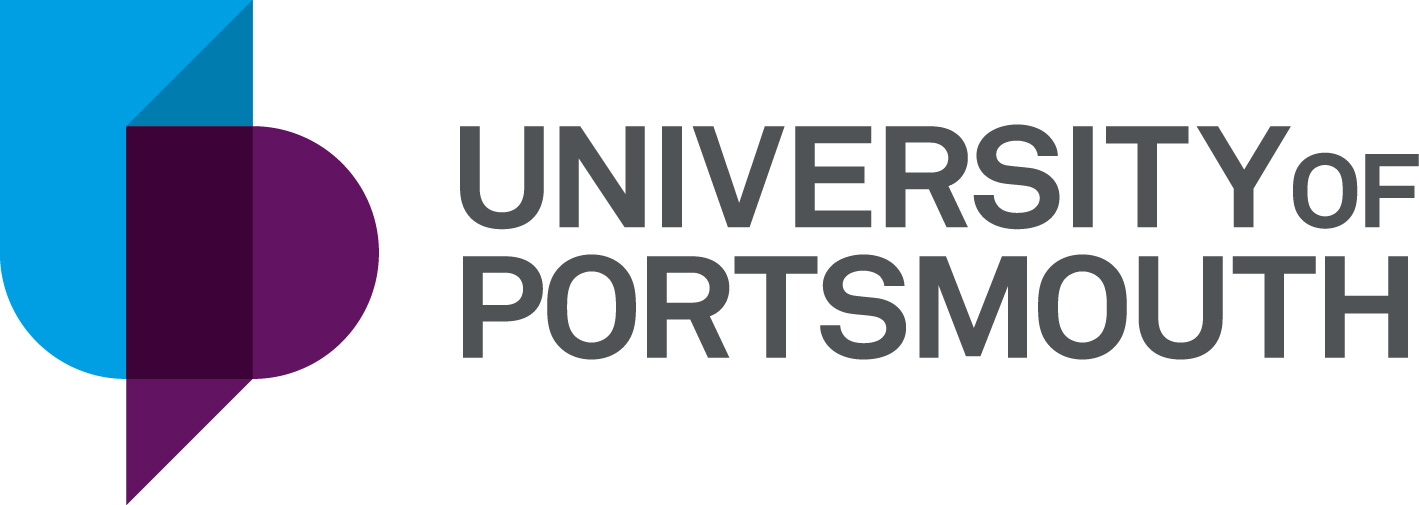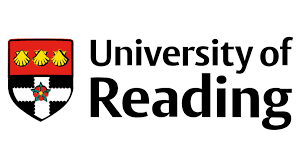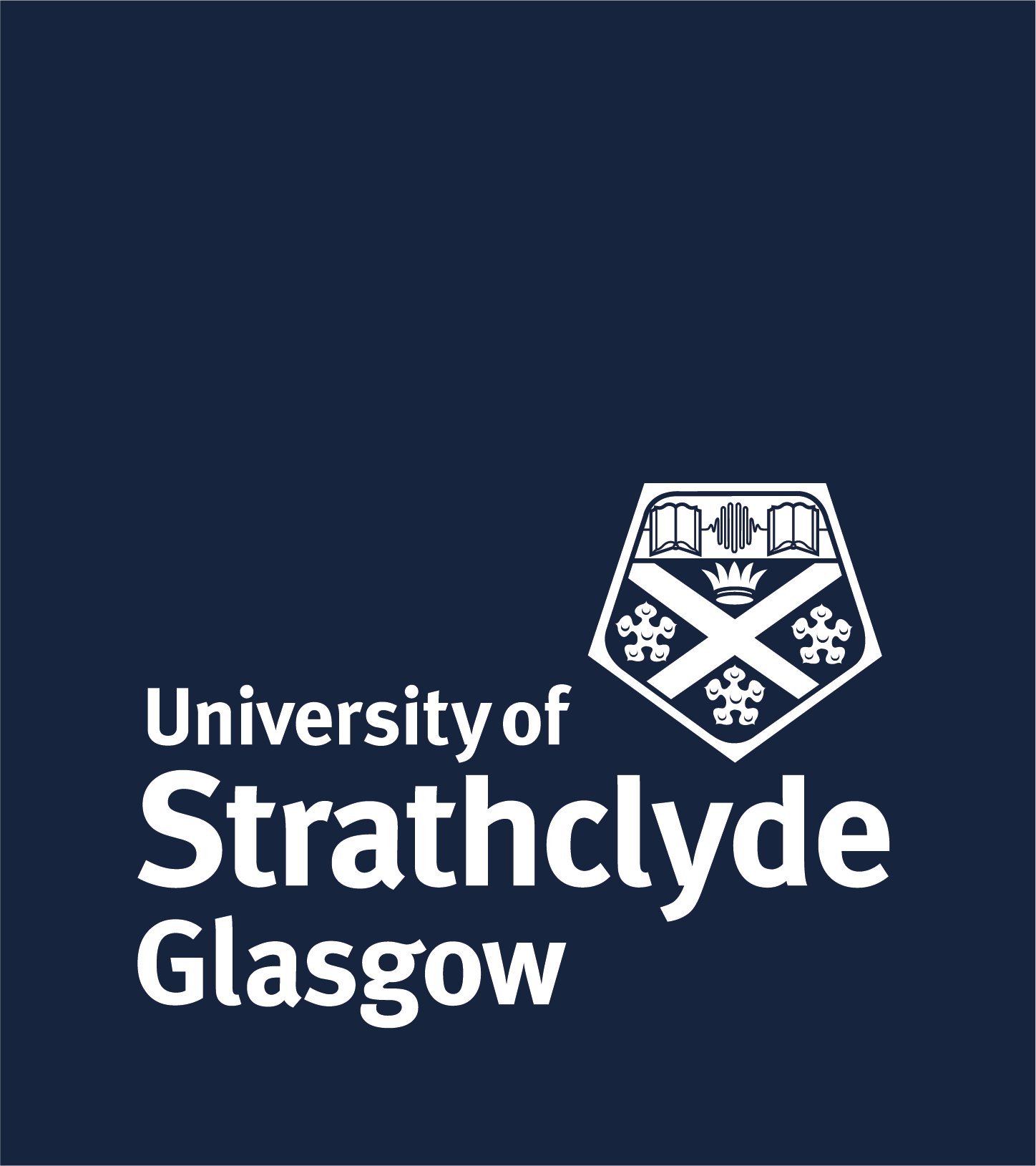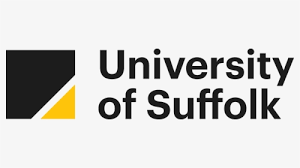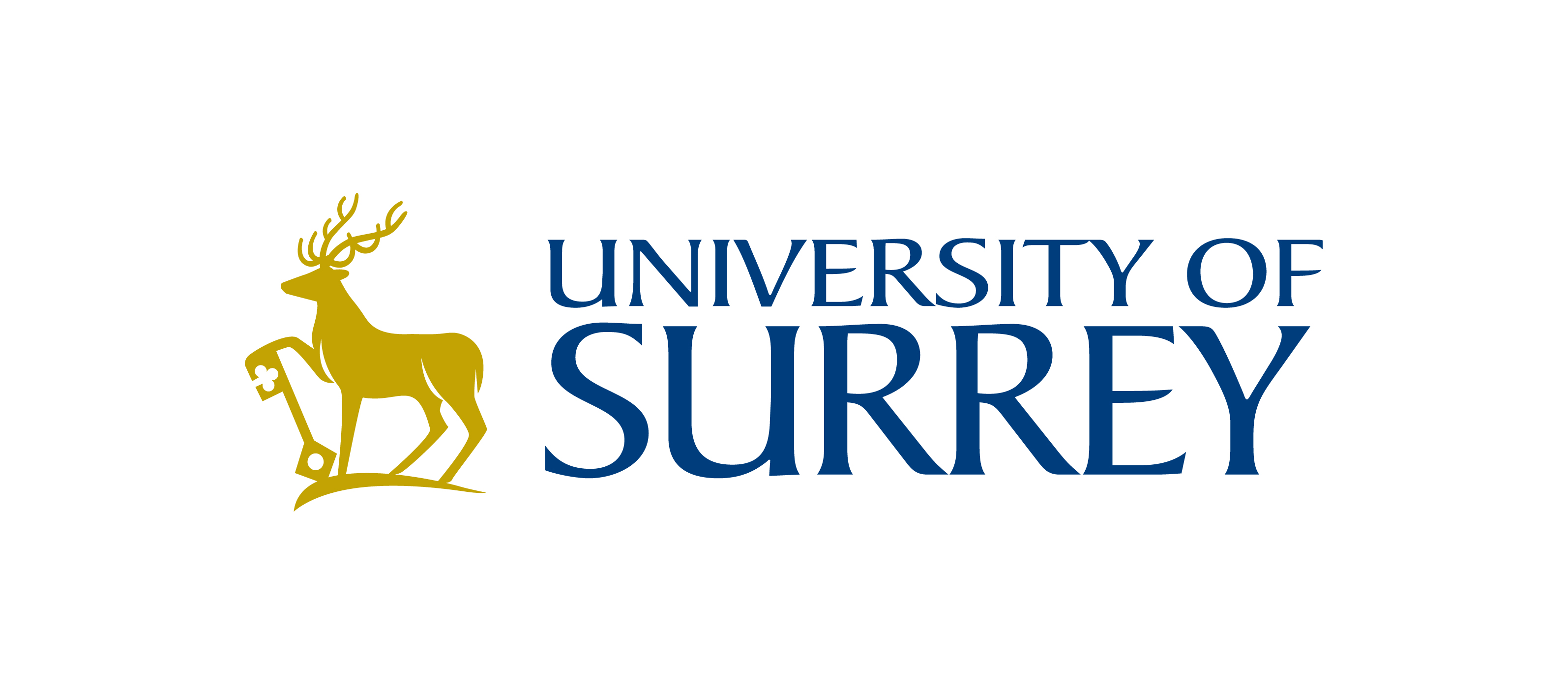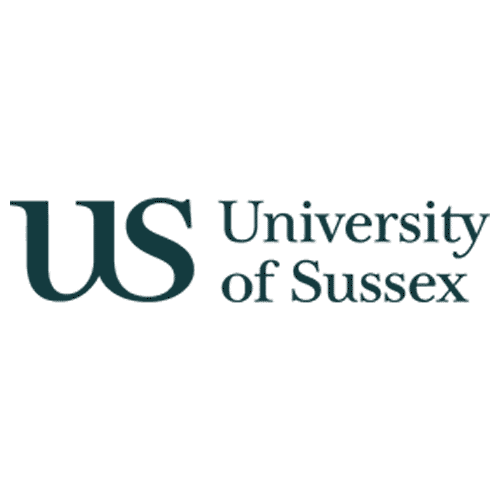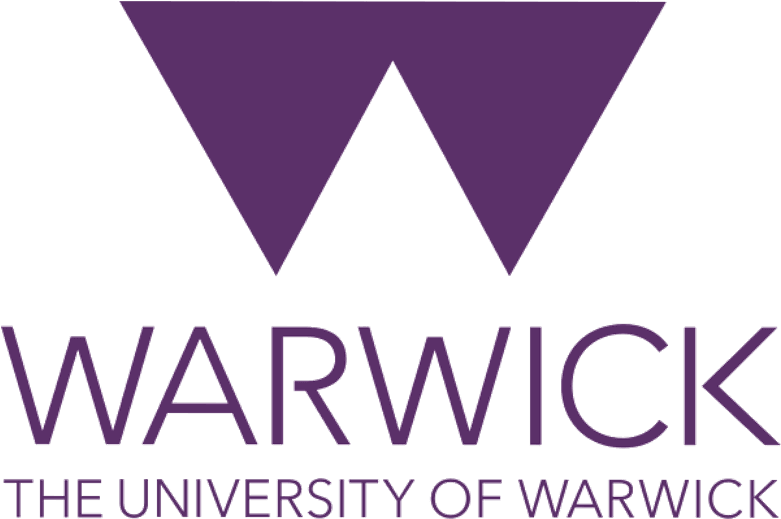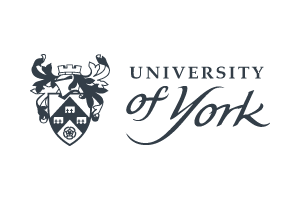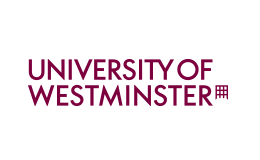International Relations: Shaping Global Futures
Embark on a Journey to Understand Global Diplomacy and World Affairs
International Relations (IR) is a dynamic field that explores the interactions between nations, organizations, and global actors. It delves into politics, economics, security, and culture on an international scale. For Indian students aspiring to make an impact in global affairs, studying International Relations abroad offers unparalleled opportunities to gain insights into diplomacy, international law, and global governance. With India's rising prominence on the world stage—from hosting G20 summits to leading in multilateral forums—IR equips you with the knowledge to navigate and influence international dynamics.
This course page provides a comprehensive guide tailored for Indian students, highlighting why IR is a strategic choice for your study abroad ambitions. Whether you're passionate about foreign policy, conflict resolution, or sustainable development, pursuing IR overseas can open doors to prestigious careers in diplomacy, NGOs, and international business.
Course Overview
The International Relations program typically spans 3-4 years for a bachelor's degree and 1-2 years for a master's. It combines theoretical foundations with practical applications, preparing students to analyze global challenges like climate change, trade wars, and geopolitical tensions.
Core Curriculum Highlights
- Foundational Theories: Study realism, liberalism, and constructivism to understand how nations interact.
- Global Institutions: Explore the roles of the United Nations, World Trade Organization (WTO), and regional bodies like the European Union or ASEAN.
- International Security: Analyze conflicts, terrorism, and peacekeeping, with a focus on South Asian perspectives relevant to India-Pakistan relations and Indo-Pacific strategies.
- International Economics: Learn about globalization, trade policies, and economic sanctions, including India's role in BRICS and WTO negotiations.
- Foreign Policy Analysis: Examine case studies from major powers, including India's non-aligned movement and its evolving partnerships with the US, EU, and China.
- Electives: Options in human rights, environmental diplomacy, cyber security, or migration studies to align with your interests.
Many programs include internships at embassies, think tanks, or international organizations, providing hands-on experience. For Indian students, courses often incorporate modules on emerging economies and the Global South, reflecting India's leadership in these areas.
Why Study International Relations Abroad as an Indian Student?
Studying IR in a global hub exposes you to diverse viewpoints beyond textbooks. As an Indian student, you'll benefit from:
- Cultural Immersion: Engage with international peers, fostering cross-cultural communication skills essential for diplomacy.
- Access to Experts: Learn from professors who advise governments and lead UN initiatives, gaining insider knowledge on global policies.
- Networking Opportunities: Build connections with alumni in India's Foreign Service or multinational corporations.
- Relevance to India's Growth: With India's economy projected to be the third-largest by 2030, IR graduates are in demand for roles in export promotion, strategic affairs, and international aid.
- Enhanced Employability: International degrees from top universities boost your resume for competitive exams like the UPSC Civil Services, where IR knowledge is crucial.
Moreover, studying abroad hones your ability to address India-specific issues like border disputes, climate diplomacy, and digital sovereignty in a broader context.
Top Destinations for International Relations
Choosing the right country can amplify your learning experience. Here's a comparison of popular destinations for Indian students:
| Country | Top Universities | Key Advantages | Tuition Fees (Annual, Approx. in INR) | Visa Success Rate for Indians |
|---|---|---|---|---|
| USA | Harvard, Georgetown, Johns Hopkins | Strong focus on policy simulations; proximity to UN headquarters | 20-40 lakhs | High (F-1 visa) |
| UK | Oxford, LSE, King's College London | Emphasis on European affairs and Commonwealth ties; shorter programs | 15-30 lakhs | Very High (Tier 4 visa) |
| Canada | University of Toronto, UBC | Multicultural environment; post-study work permits up to 3 years | 12-25 lakhs | High (Study Permit) |
| Australia | ANU, University of Melbourne | Focus on Indo-Pacific region; generous scholarships for Indians | 18-35 lakhs | High (Subclass 500) |
| Netherlands | Leiden University, University of Amsterdam | English-taught programs; hub for international law and peace studies | 10-20 lakhs | Moderate to High |
These destinations offer robust support for Indian students, including Indian student associations and cultural events to ease homesickness.
Skills Developed in International Relations
An IR degree builds a versatile skill set that's highly valued in today's interconnected world:
- Analytical Thinking: Critically evaluate global events and predict outcomes.
- Research and Writing: Craft policy briefs and research papers on topics like India's Act East Policy.
- Negotiation and Diplomacy: Participate in Model UN simulations to practice multilateral negotiations.
- Language Proficiency: Many programs encourage learning French, Spanish, or Mandarin for enhanced global mobility.
- Ethical Decision-Making: Tackle dilemmas in human rights and sustainable development.
These skills not only prepare you for international careers but also empower you to contribute to India's foreign policy objectives.
Career Opportunities After Graduation
IR graduates enjoy diverse and rewarding career paths. In India, you could join the Ministry of External Affairs or think tanks like the Observer Research Foundation. Globally, opportunities abound in:
- Diplomacy and Government: Indian Foreign Service (IFS) officer, embassy roles, or UN positions.
- International Organizations: Work with UNICEF, World Bank, or IMF on development projects.
- Non-Governmental Organizations (NGOs): Lead initiatives at Amnesty International or Oxfam, focusing on global justice.
- Corporate Sector: International business analyst or compliance officer in firms like Tata or Reliance with global operations.
- Academia and Media: Professor, journalist, or analyst covering Indo-US relations.
Average starting salary for IR graduates abroad ranges from INR 8-15 lakhs per annum, with rapid growth potential. Many Indian alumni secure roles in New Delhi's diplomatic circles or Geneva's international agencies.
Admission Requirements for Indian Students
Gaining admission requires careful preparation. Typical requirements include:
- Academic Qualifications: Bachelor's for master's programs (minimum 60% aggregate); 10+2 for undergrad with strong scores in humanities or social sciences.
- Standardized Tests: GRE/GMAT for US/Canada; IELTS/TOEFL (6.5+ band) for English proficiency.
- Statement of Purpose (SOP): Highlight your interest in IR, perhaps linking to India's global role or personal experiences like participating in youth diplomacy forums.
- Letters of Recommendation: From teachers or mentors emphasizing your leadership in debates or Model UN.
- Portfolio: Optional, but include any research on topics like India's UNSC bid.
Deadlines vary: Apply by December-January for fall intake. Our study abroad counselors can assist with applications tailored for Indian students.
Scholarships and Funding Options
Financial barriers shouldn't deter your dreams. Indian students have access to:
- University-Specific Scholarships: LSE's Graduate Support Scheme or Harvard's financial aid covering up to 100% tuition.
- Government Scholarships: India's National Overseas Scholarship or Fulbright-Nehru for US studies.
- International Programs: Chevening Scholarships (UK) or Australia Awards, prioritizing IR and public policy.
- Private Funding: Inlaks Shivdasani Foundation grants up to INR 10 lakhs for overseas education.
- Part-Time Work: Allowed up to 20 hours/week in most countries to offset living costs (INR 8-12 lakhs annually).
Scholarships often favor students from diverse backgrounds, including those from rural India, to promote inclusive global leadership.
Tips for Success as an Indian Student in IR
To thrive abroad:
- Join Indian Diaspora Networks: Connect via platforms like Study in the UK for community support.
- Stay Updated: Follow The Hindu's international section or podcasts like "The World Next Week."
- Balance Studies and Culture: Attend Diwali events while immersing in local festivals to build resilience.
- Prepare for Homesickness: Use apps like WhatsApp for family calls and explore vegetarian-friendly cuisines abroad.
Studying International Relations abroad is more than an education—it's a launchpad for contributing to a multipolar world where India plays a pivotal role. With the right program, you'll return not just with a degree, but with the vision to shape global peace and prosperity.
Ready to apply? Contact our experts for personalized guidance on your IR journey abroad.







